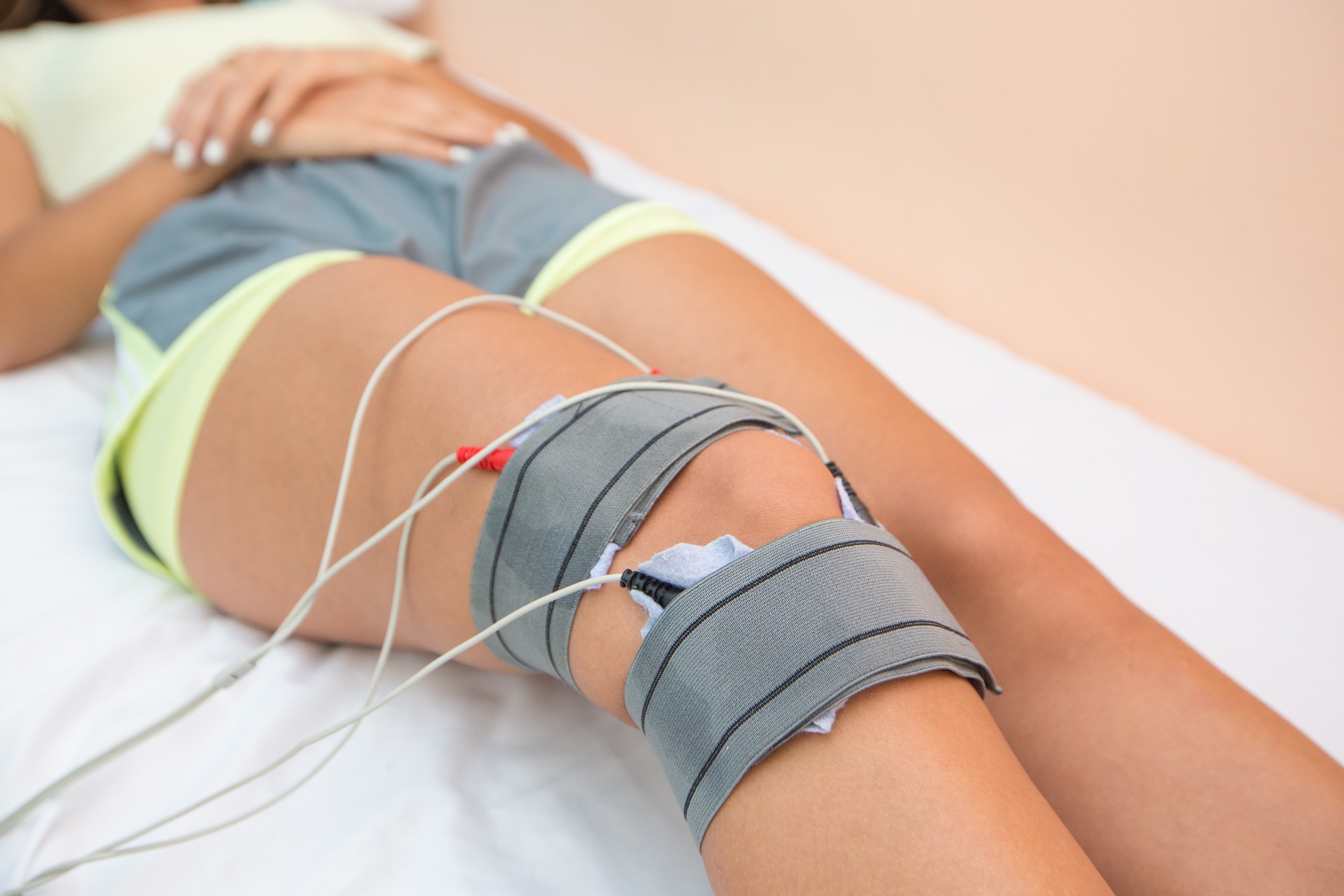Health
Physiotherapy is More Beneficial than Medicine or Other type treatment

Nowadays only surgery and medicines are not the only solution for patients with many physical problems. But Physiotherapy is the most effective and trending treatment also.
Physiotherapy treatment may include exercise programs, manual therapy, electrotherapy, and education about injury prevention and self-management.
How Physiotherapy is a better option than other types of treatments?
- In this type of treatment, no medicines are consumed or maybe a little.
- It does not involve surgery
- Physiotherapy has almost no side effects.
- Treatment would be done only on the affected part of the body.
- Advanced medical equipment used for treatment.
In Which condition Physiotherapy helps?
| Neurological | Orthopaedic | Miscellaneous |
| Paralysis/stroke | Low back pain / Slip Disc | Sports injuries |
| cerebral palsy | Spondylitis | obesity |
| Parkinson disease | Frozen Shoulder | Deep vein thrombosis |
| Head Injury | osteoarthritis | Cough collection in chest |
| Facial/Bell’s palsy | Muscular dystrophy | Pre & Post delivery complications |
| GB syndrome | Post fracture stiffness & Pain | Postural problems |
| Motor Neuron Disease | Muscles Cramps | Diabetes |
Cons:
- Time-consuming: Physiotherapy can be a time-consuming form of treatment, requiring multiple appointments over a period of weeks or months.
- Cost: Physiotherapy can be expensive, particularly if it is not covered by health insurance.
- Discomfort: Some physiotherapy techniques, such as massage and stretching, can be uncomfortable or even painful.
- Limited availability: Physiotherapy may not be available in all areas or may have long wait times for appointments.
Overall, physiotherapy has many benefits and can be a highly effective form of treatment for a wide range of conditions. However, it also has some potential drawbacks, and it’s important to weigh the pros and cons before undergoing treatment.
Read also: H3N2 Influenza Dieses: Symptoms, Precautions & Treatment

Continue Reading
Subscribe
Login
0 Comments
Oldest






